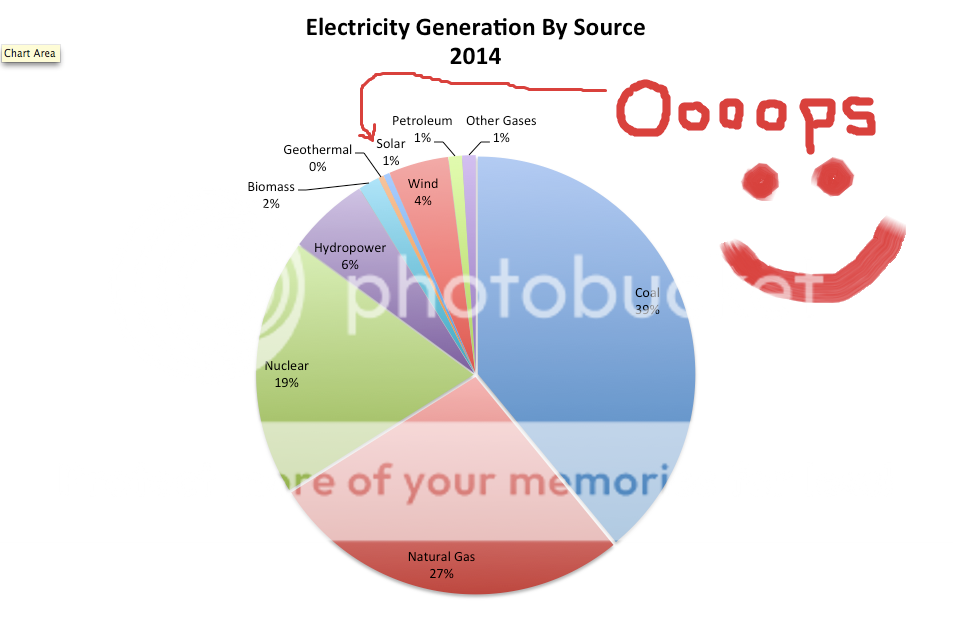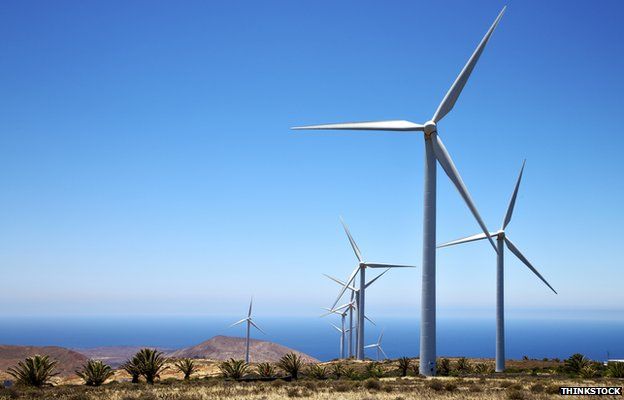Old Rocks
Diamond Member
Elektra, you stupid little ass, we don't care that coal or petroleum is used in liners or cathodes and anodes. What we care about is the massive amounts of CO2 created in generating electricity. Even the use of coke for smelting steel, and there are many smelters that use electricity, rather than coke, is irrelevant to the amount of CO2 put into the atmosphere from the generation of electricity.






